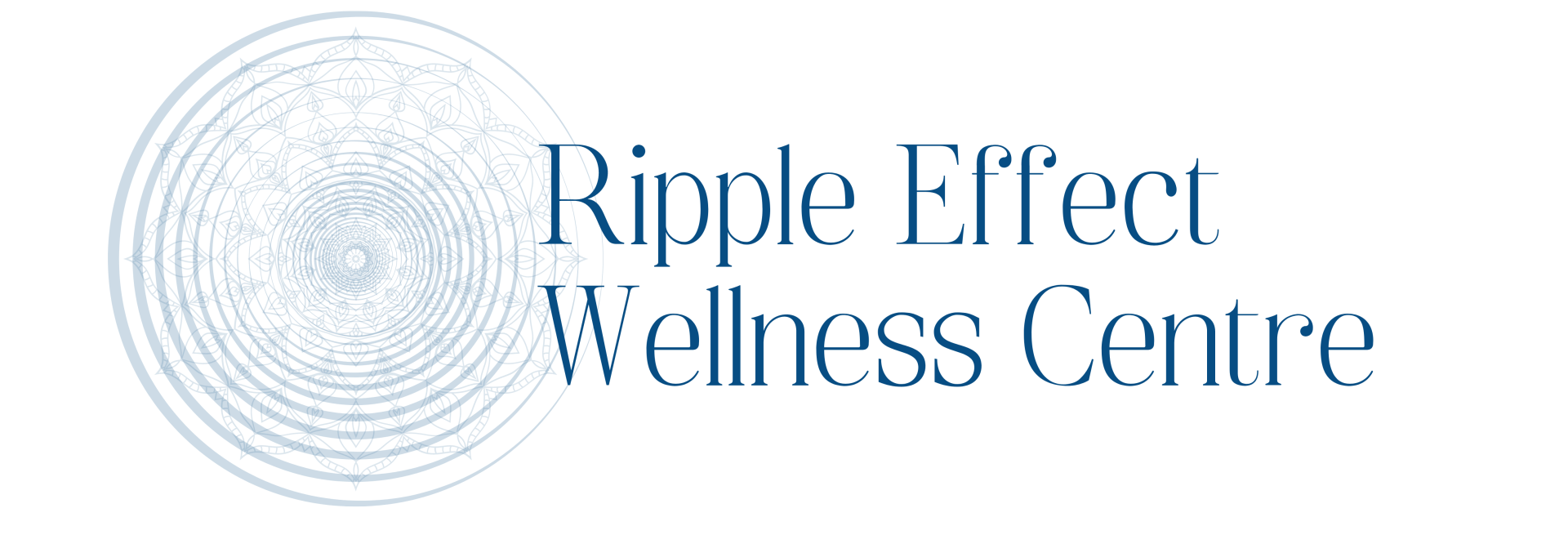Manual Osteopathic Therapy
Manual Osteopathic Therapy (MOT) is a gentle, hands-on therapy whose goal is to bring the body’s structure and function back to a state of wellness. Various methods of assessment are used to decipher patterns of dysfunction, and to uncover the root causes of pain and dis-ease.
A Manual Osteopathic Therapist will look at all parts of the body - bones, fascia, lymph flow, vascular flow, visceral organs, and nerves - and look for ways to balance the body and increase functional and structural health.

Manual Osteopathic Therapy is comprised of various techniques, all designed to treat the root cause of disharmony and dysfunction in the body.
The benefits of MOT include:
Pain relief
Stress reduction (physical, emotional, mental)
Increased range of motion and mobility
Improved circulation throughout the body
Improve the body’s ability to heal itself
The Treatment:
The client remains clothed often, although they may also be asked to prepare as if for a massage. Initial assessments may involve measurements and movements that help the practitioner to determine where the patterns of imbalance are. Various modalities will then be used throughout the treatment. The client may be asked to participate in certain parts of the treatment (providing resistance against the practitioner’s hand, for example) and the practitioner will ensure the client’s relative comfort at all times.
What does Manual Osteopathic Therapy Treat?
MOT can treat acute and chronic conditions, in the treatment and rehabilitation (where possible) of many conditions including but not limited to:
Headaches, migraines
Muscle tension, spasms, stiffness
Pain of all kinds, and anywhere in the body
Inflammation and stuckness in the joints
Carpal tunnel, sciatica, thoracic outlet syndrome
Digestive issues
Scar Tissue release;
Adhesions through the abdominal organs, including uterus (helpful with all fertility and menstrual challenges)
TMJ and facial pain
Motor vehicle accidents, post-concussion syndrome
Fibromyalgia
Sports injuries
Low immune system response
Post-surgical rehabilitation
And so much more!
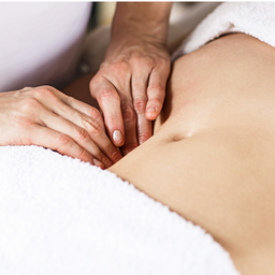
Visceral Manipulation
Visceral Manipulation is the mobilization and treatment of the organs, which helps to relieve restriction and adhesions in those areas. The goal is to return to normal function and thereby remove compensatory symptoms, whatever their source, leading to improved health and optimal body functioning.
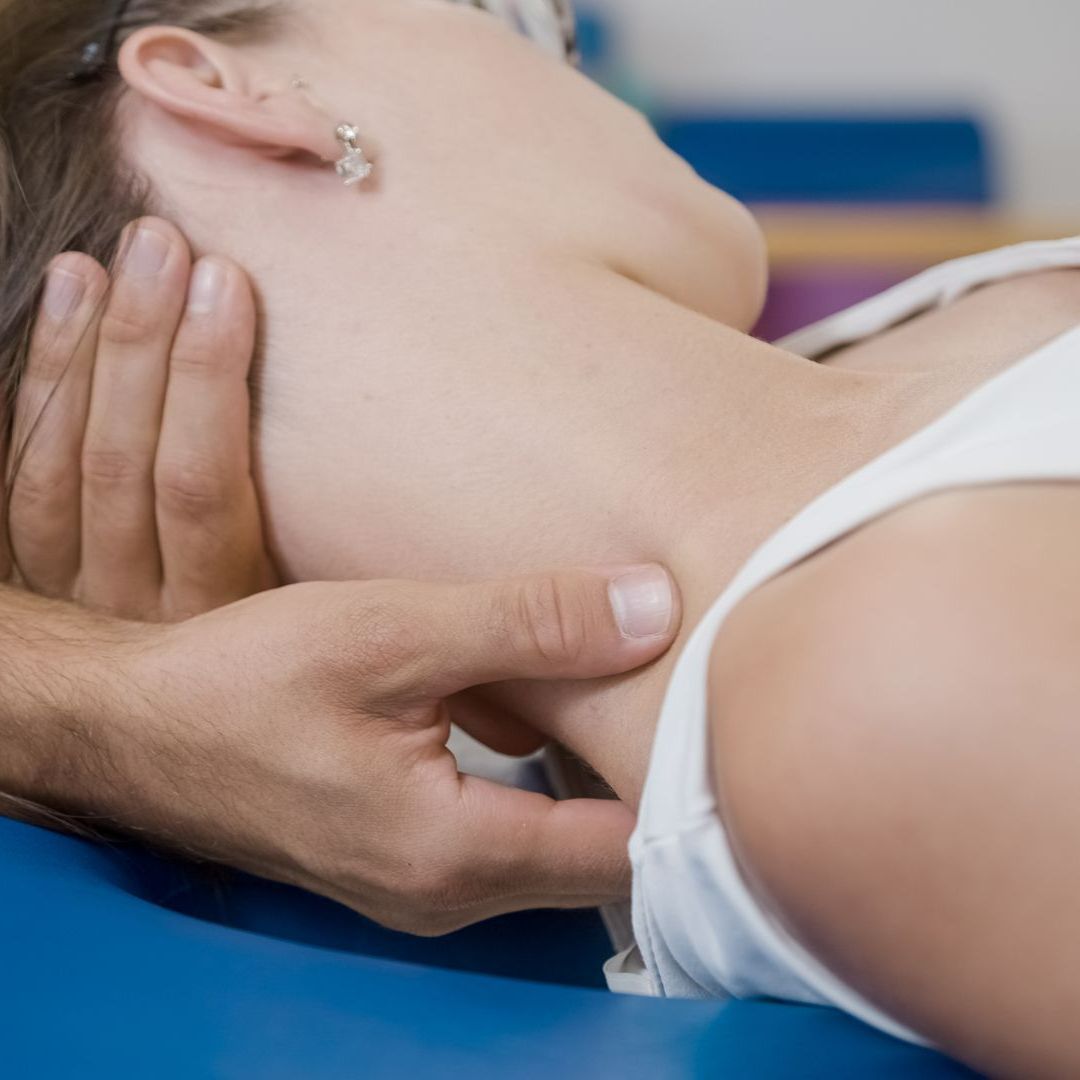
Muscle energy techniques
Used to lengthen and strengthen a muscle, and improve its range of motion.

Craniosacral Therapy
Cranio, as part of Osteopathy, provides gentle corrections in the alignment of the skull bones (and other structures too) to improve the flow of cerebrospinal fluid throughout the entire body. Leads to pain and stress relief, and overall wellness.

Osteoarticulation
Structure affects function. If one's spine is not aligned properly the body will not function optimally. Gentle manipulation is utilized to realign the pelvis and spine - from the tailbone to the neck. massage!

Manual Lymphatic drainage:
A technique where lymph circulation is increased, and whereby lymph can be reabsorbed by your lymph nodes. Excellent for edema and swelling throughout the body, as well as for post-surgery and cancer treatment recovery.
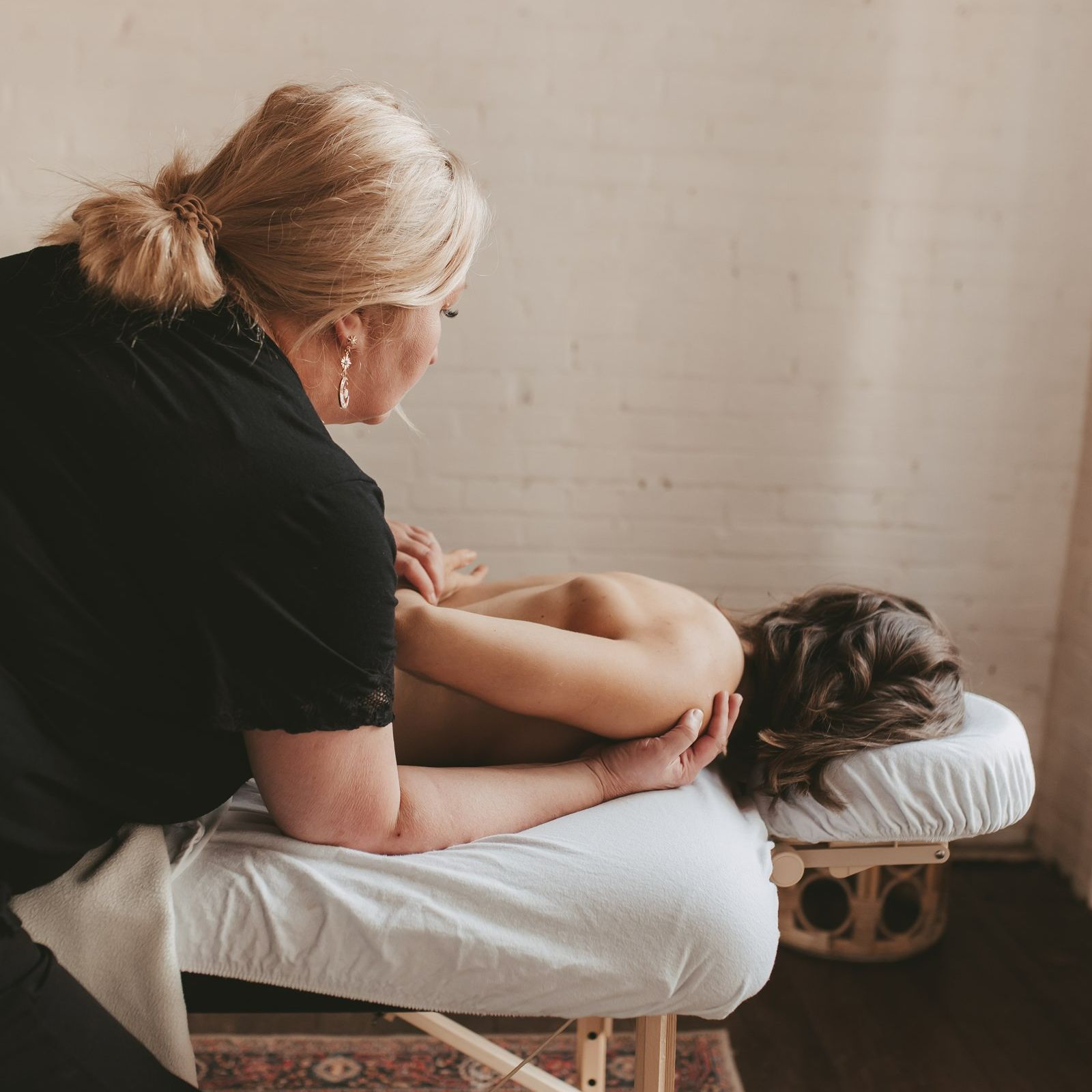
Myofascial release
A technique where sustained pressure is applied to fascial restrictions, allowing for the release of tension and “stuckness.” This may include trigger point therapy. Often done without oil/lotion, to allow the practitioner to accurately feel the restriction and the release.
